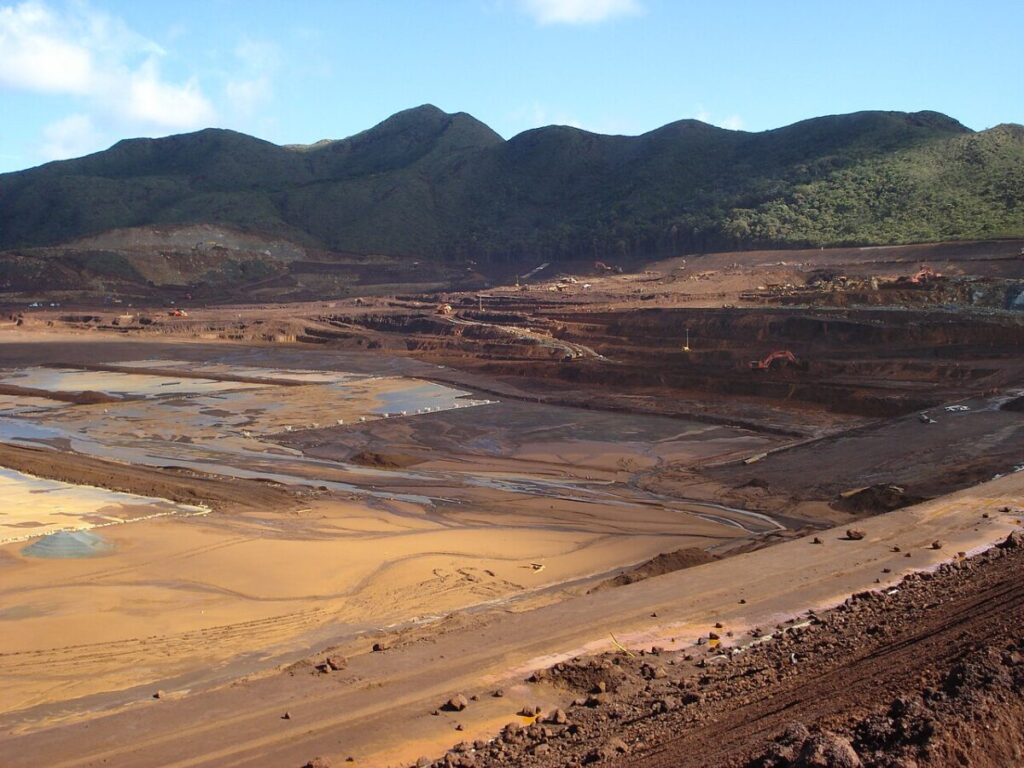Researchers in South Korea have conducted a literature study on included cases of floating PV plants that are placed on MijnPit lakes and residue ponds, both by -products of the mining industry. Looking at more than dozens of cases, they have concluded that my pit -lakes generally offer more stable environments for implementation.
A research group of Sejong University in South Korea has conducted a literature study of the development of floating PV (FPV) in my pit lakes and residue ponds.
Both my pit lakes and residue ponds are by -products from the mining industry. While put lakes are craters filled with water in abandoned open pit mines, residue ponds are large, designed structures designed to store the by -products of mining activities that usually include water, ground rock and trace metal, along with remaining chemicals.
“Although FPV systems present a promising solution for generating sustainable energy in mines and residue ponds, their installation costs are generally higher than those of FPV systems that are used on other water bodies,” the researchers explained.
The higher costs depend on location-specific challenges such as complex anchoring and mooring requirements, concerns about water chemistry and the need for extra remediation of the site. “Studies indicate that FPV installations in mining environments require specialized designs to be resistant to fluctuating water levels, high sedimentation percentages and potential contamination risks, which leads to higher capital expenditure compared to FPV projects on reservoirs or irrigation ethics.
Case study
In their assessment, the team of FPV plants reported 15 reported in my pit in China, Bangladesh, India, the US, the Netherlands, Germany, Austria and France. Some were coal mines, while others were used for phosphate, sand and gravel, limestone or quarries. The floating PV plants varied in size from 0.75 MW to 650 MW.
As far as the ponds of the residues are concerned, only one reported case was found in the academic literature-a pilot floating factory built by multinational mining company Anglo American at the Bronces Open-Cut Copper and Molybdeen Mine in Chile. The 86 KW system has 256 photovoltaic modules and is installed on a floating island.
Result
The research team has an overview of the pros and cons of each case and emphasized that the technical characteristics and installation conditions of FPV systems differ between my pit lakes and residue ponds.
The analysis showed that my pit lakes generally offer more stable environments for FPV implementation, while residue ponds require more complex location-specific designs because of their chemical composition and water quality. Ressen ponds, on the other hand, often have irregular shapes, fluctuating depths and unstable sediment composition.
The researchers also warned that, despite their benefits, FPV installations in mining environments are confronted with problems such as fluctuating water levels, water pollution, material sustainability and regulatory obstacles. “These location -specific problems must be carefully tackled to guarantee long -term operational stability and environmental compatibility,” they concluded.
Their review can be found in the newspaper “Use of floating photovoltaic systems in my pit lakes and residue ponds“Published in Cleaner engineering and technology.
This content is protected by copyright and may not be reused. If you want to work with us and reuse part of our content, please contact: editors@pv-magazine.com.

